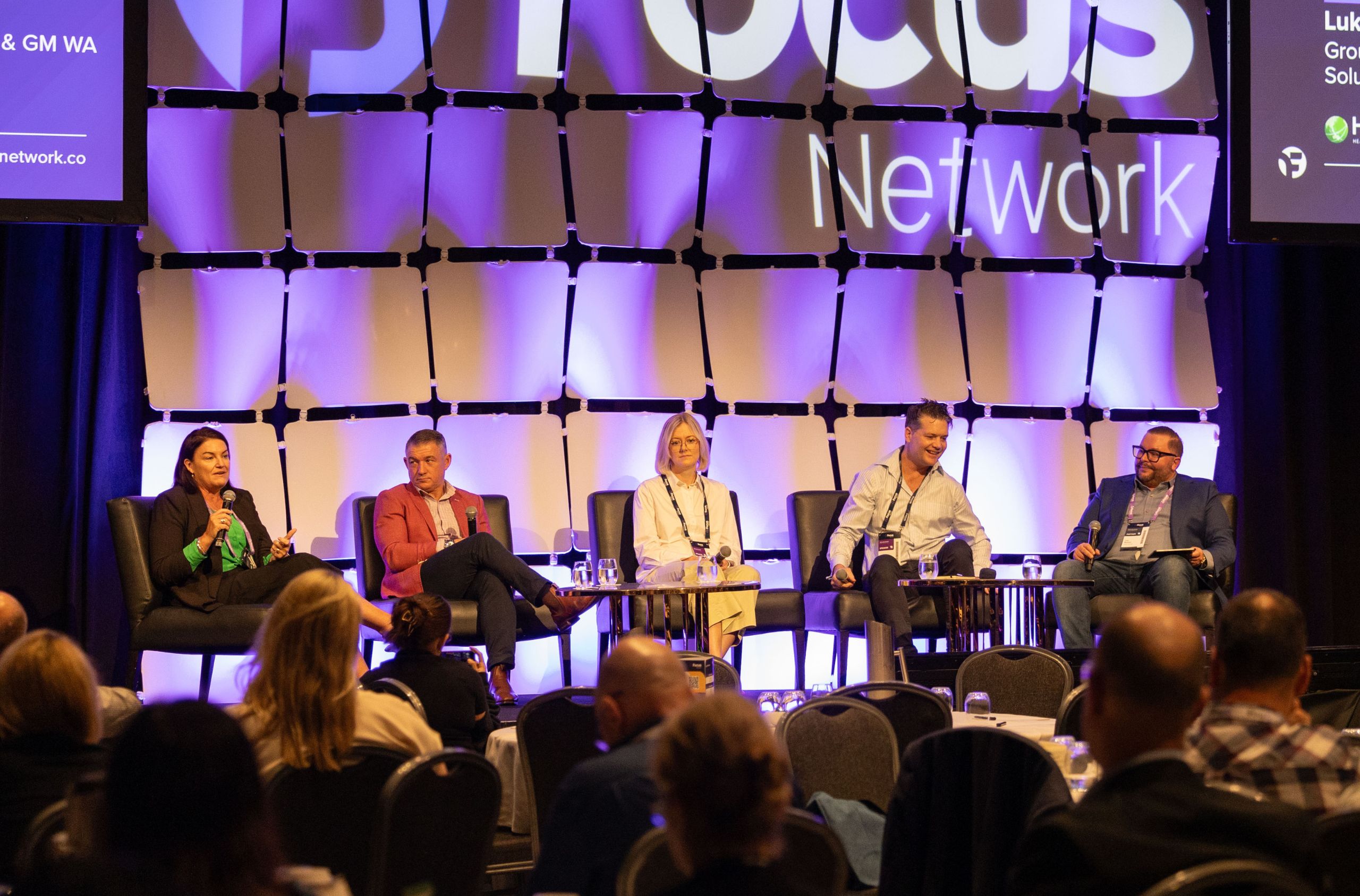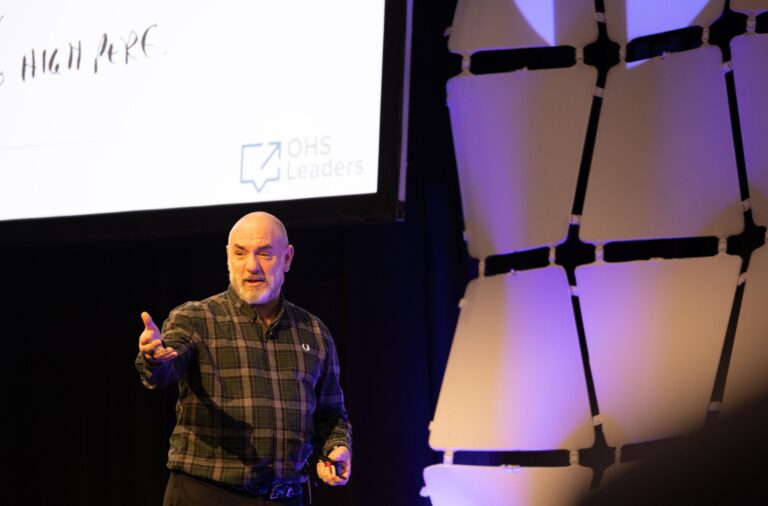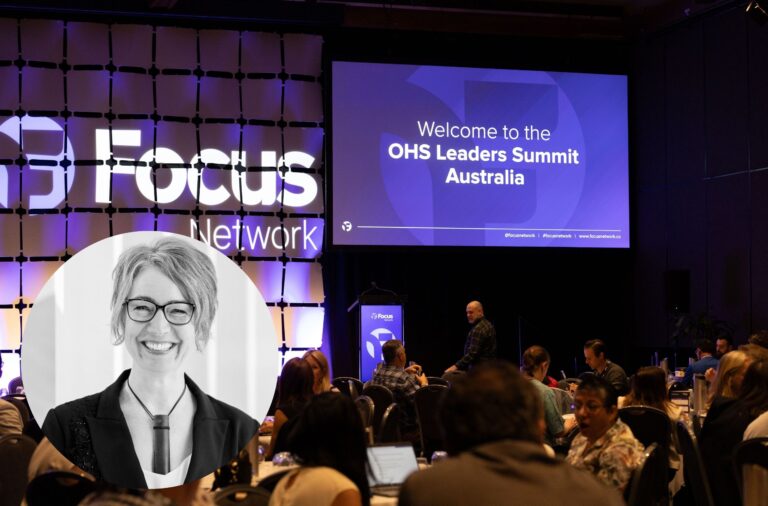
At the recent Focus Network OHS Leaders Australia, a refreshing conversation took place in a panel. It cut through buzzwords and zeroed in on what really moves the needle in high-risk industries: people. The panel brought together experienced safety leaders who explored how leadership, culture, and risk management all evolve when people become the starting point, not the afterthought.
Why a people-first approach matters more than ever
One thing became immediately clear—the future of safety leadership lies in shifting the spotlight from systems to people. That means moving beyond top-down strategies and genuinely investing in internal capability—building teams who understand the “why” behind the processes, not just the “how.”
It starts with intent. When leaders clearly define what safety means for their organisation and align that vision with real-world, frontline needs, they create space for ownership to grow.
“You can’t lead people effectively if you don’t design with them in mind”.
That includes shaping training with input from those who will use it, and when internal resources fall short, bringing in the right external voices to fill the gap.
Culture is shaped in everyday moments
Changing culture doesn’t happen with a poster campaign or a once-a-year safety day. It happens in the micro-moments—when a manager chooses to listen instead of dictate, when teams are encouraged to speak up without fear, when every incident or close call becomes an opportunity to learn, not a reason to punish.
A sharp parallel was drawn: most people obey speed limits not because they fear fines, but because they understand what’s at stake. That’s the mindset shift safety culture needs. It’s not about enforcing rules, it’s about embedding behaviours that reflect care, awareness, and personal accountability.
In that spirit, panelists challenged organisations to stop looking at mistakes as failures and instead treat them as signposts for change. By capturing patterns, adapting quickly, and encouraging open dialogue, businesses can turn setbacks into meaningful progress.
Managing risk starts with knowing what really matters
Another standout theme was focus. In a world where everything is important, safety strategies often drown in detail. The panel pushed back against this mindset, advocating for a sharper lens on critical risk. What genuinely matters? What could derail your operation or harm your people?
The takeaway was simple—if you treat all risks equally, you’re not really managing risk. Prioritization is key. That means being data-savvy, listening to those closest to the hazard, and designing risk programs that are practical, not theoretical. When people on the ground know what to look out for and feel empowered to act, your risk posture gets stronger—fast.
Sydney Air shows what this looks like in practice
The panel spotlighted an example from Sydney Air, which is navigating some of the toughest conditions in aviation—post-pandemic workforce shifts, evolving operations, and constant regulatory pressure.
Here’s how they’re making safety real
- A refreshed critical risk program
A streamlined framework that helps teams pinpoint high-consequence risks and activate the right controls in real time. - A leadership development initiative called Safety Together
This program blends accountability with reflection, encouraging leaders to challenge their assumptions and lead with conviction. - Stronger community and industry collaboration
Sydney Air actively brings together airport partners to share insights and stay aligned, knowing that no one wins in isolation.
Their approach is a clear reminder that operational complexity doesn’t have to mean confusion. With the right mindset and tools, safety can be simple, focused, and incredibly effective.
Progress matters more than perfection
The strongest message to emerge was this—safety excellence isn’t a destination, it’s a mindset. It’s not about chasing perfection, it’s about building momentum. That takes courage, consistency, and a willingness to lead differently.
When organisations lean into learning, especially when things go wrong, they unlock the kind of insight that policies alone can’t deliver. And when leaders make space for their people to be heard, respected, and equipped to act, everything changes.
Because in the end, safety isn’t just about protecting people. It’s about empowering them.
Read more about why people are the solution, not the problem.
Share:



